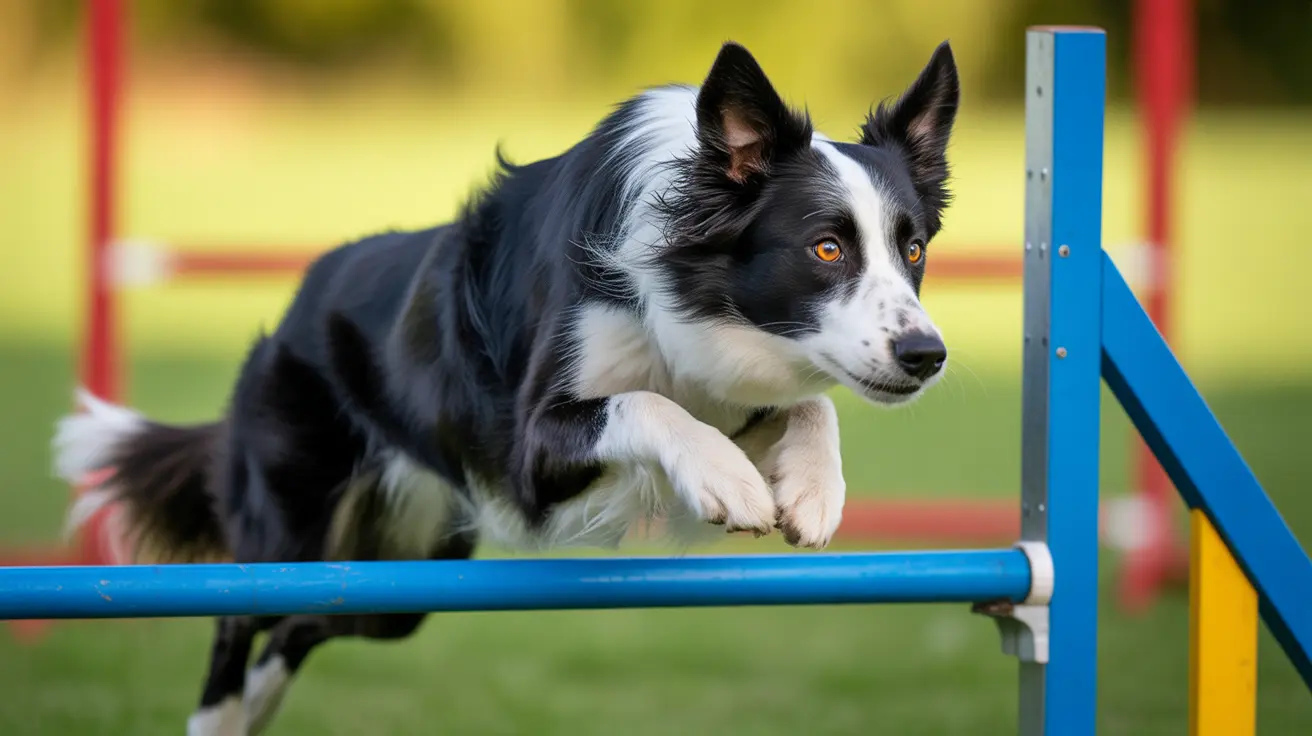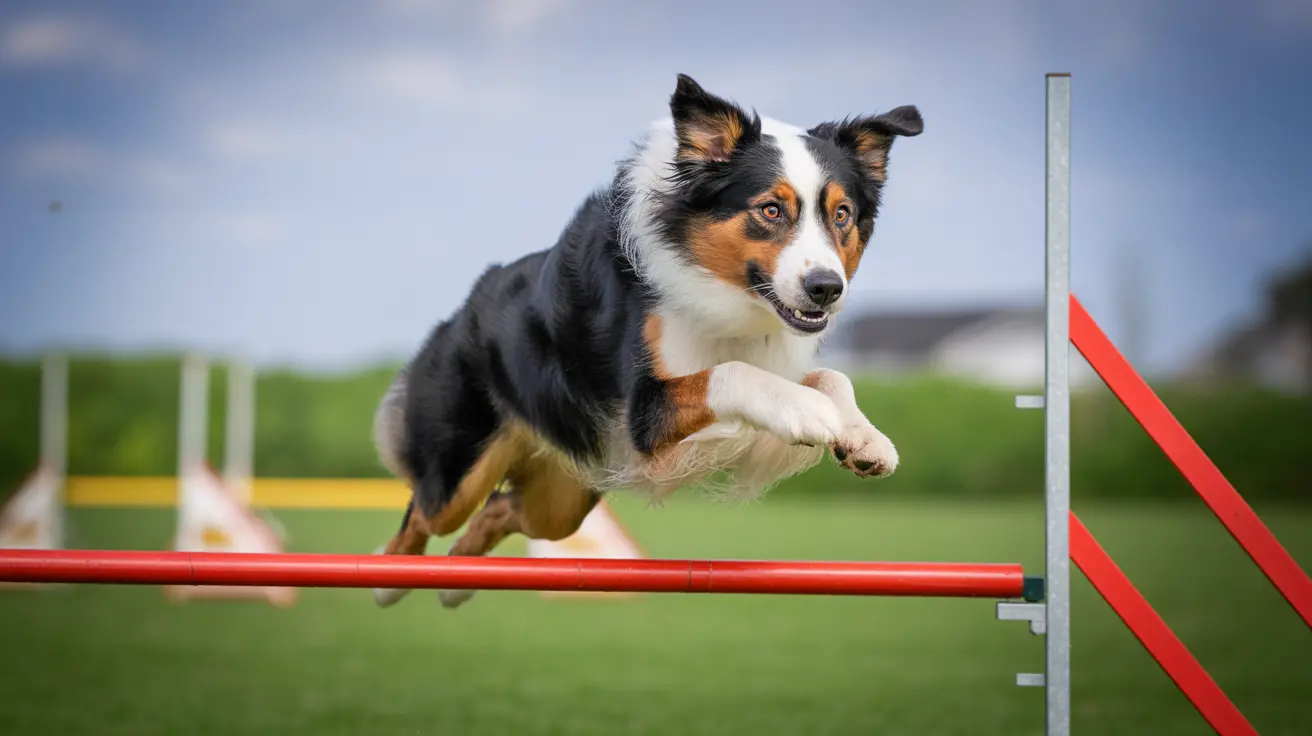What Makes Ragdoll Cats So Distinctive?
Ragdoll cats have captured the hearts of cat lovers everywhere with their unique personalities and eye-catching appearance. If you've ever met one, you probably noticed how relaxed and loving they can be. Let's dive into what truly sets these beautiful felines apart from other breeds.
Striking Physical Features
One of the first things people notice about Ragdolls is their stunning blue eyes. These deep sapphire orbs are framed by a soft, semi-longhaired coat that feels almost silky to the touch. Their coloring is another hallmark: Ragdolls typically display pointed patterns, meaning their ears, face, paws, and tail are darker than the rest of their body. You'll often see them in shades like seal, blue, chocolate, or lilac.
- Large size: Ragdolls are among the largest domestic cat breeds.
- Fluffy tails: Their tails are long and bushy, adding to their plush look.
- Soft coats: Unlike some longhaired cats, Ragdolls' fur rarely mats or tangles.
The Legendary Temperament
If you ask any Ragdoll owner what makes these cats special, you'll hear about their personality right away. They're famously gentle and affectionate—some even call them "puppy-like" because they follow people from room to room. Ragdolls thrive on human companionship; they love to be involved in whatever you're doing and often greet you at the door after a long day.
The breed gets its name from its tendency to go limp when picked up (like a ragdoll toy). This trait makes them particularly easy to handle—children and adults alike find them easygoing and tolerant.
- Loves cuddles: Many enjoy being held or sitting in laps for hours.
- Mild-mannered: They rarely use their claws aggressively and tend not to be jumpy or skittish.
- Gets along with others: Most Ragdolls coexist well with other pets and children.
Intelligence and Playfulness
Don't let their calm demeanor fool you—Ragdolls are smart and playful. They enjoy interactive toys and games that challenge their minds. Some even learn to fetch or perform tricks if encouraged with treats or praise. While they're not as hyperactive as some breeds, they do appreciate regular playtime to keep them stimulated.
Caring for Your Ragdoll
If you're considering bringing a Ragdoll into your home (or already have one), there are a few things to keep in mind:
- Grooming: Their coats require weekly brushing to stay soft and free of loose hair—but it's usually an enjoyable bonding activity rather than a chore.
- Diet: Because they're large cats, monitor their food intake to prevent obesity; high-quality cat food is best.
- Health checks: Regular veterinary visits help catch any potential health issues early on.
The Ideal Home for a Ragdoll Cat
This breed adapts well to various living situations—from apartments to houses—as long as they're given plenty of attention. They aren't streetwise or particularly cautious outdoors (thanks to that trusting personality), so keeping them inside is safest. If you have kids or other pets, chances are your Ragdoll will fit right in—they're social butterflies at heart!
A Few Fun Facts About Ragdolls
- The breed originated in California during the 1960s.
- Their docile nature isn't just folklore—it's been selectively bred over generations.
- Some owners say these cats "flop" onto their backs when relaxed or happy—a classic Ragdoll move!
If you're seeking a companion who's affectionate without being demanding—and who brings both beauty and warmth into your home—a Ragdoll cat might just be the perfect match for you.





